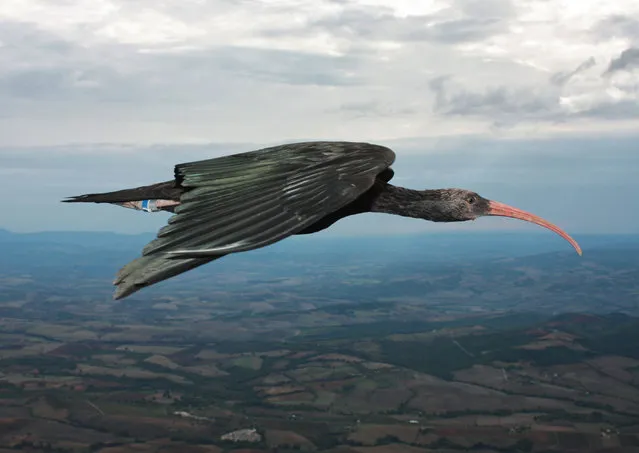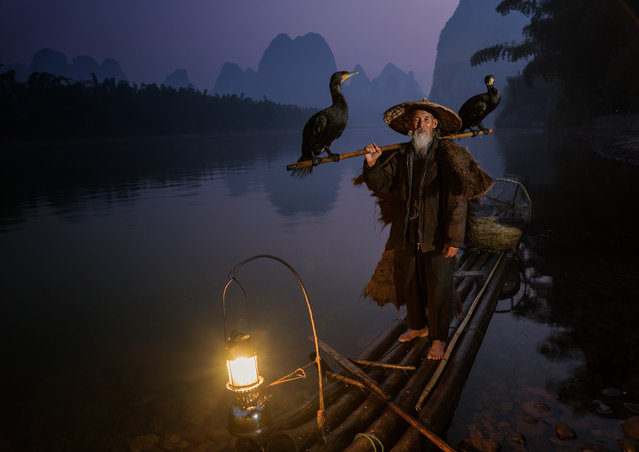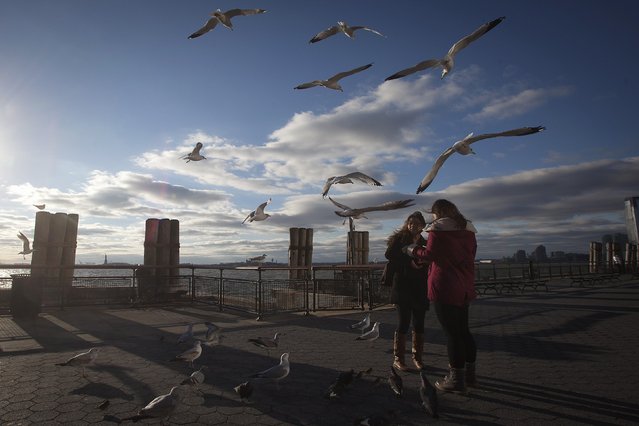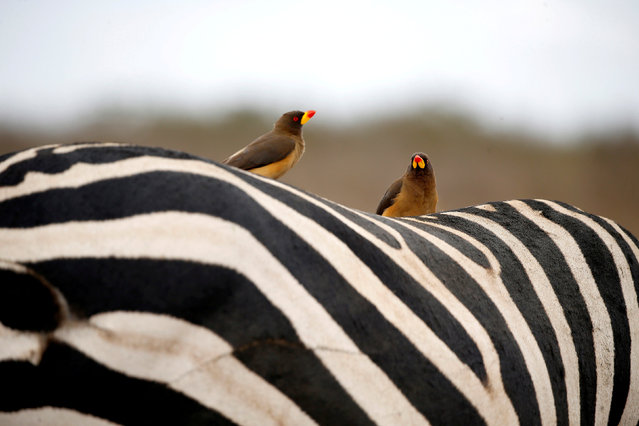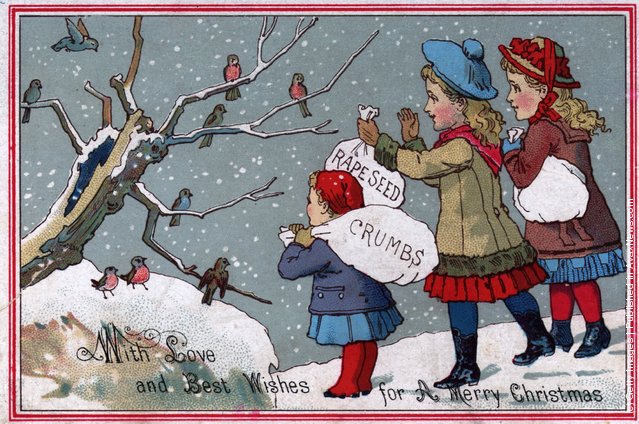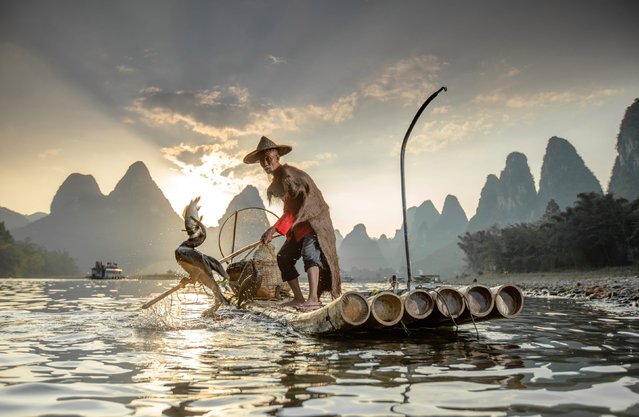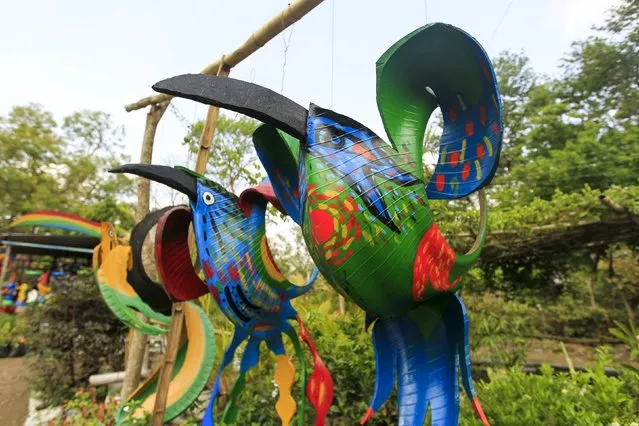
Birds made of recycled tires are displayed in a shop located on the Panamerican highway near Catarina town, May 7, 2015. Salazar recycles used tyres to make bird figurines and sofas to sell in his shop located on the Panamerican highway. (Photo by Oswaldo Rivas/Reuters)
10 May 2015 12:49:00,post received
0 comments


